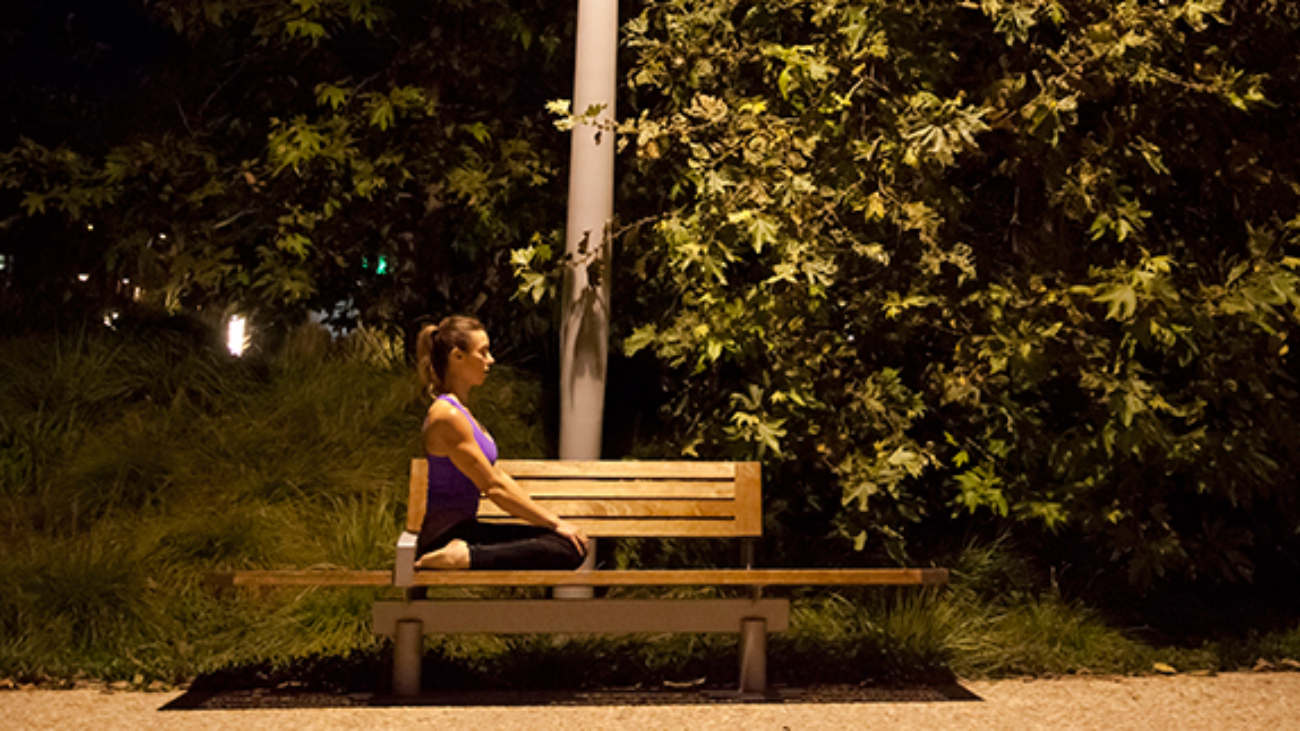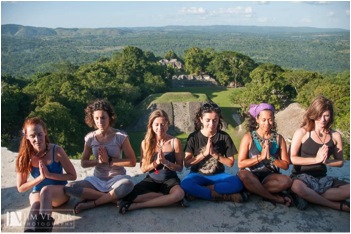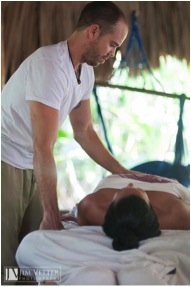As recently published by YogaPeople.io
Yes, you practice your Hatha yoga postures to cleanse and purify the body, but what do you put in your body as fuel? How do your food choices affect your inner and outer environments? Are you supporting your practice with your daily choices or working against the benefits of yoga?
Yoga and purification of the body
In Raja Yoga we discuss the path of the 8 Limbs (branches) of Yoga. This system, if followed, eventually leads us to Samadhi (bliss). Of the 8 limbs, Asana (postures) and Pranayama (breath) are what most practitioners learn and practice.
Through these practices, we release impurities especially through postures like seated forward folds and twists, which help to stimulate and wring out the digestive system. But even more important than these particular poses is the use of the breath. When we consciously breathe we generate heat in our system that burns off the pollutants found in our gut.
When we practice these two limbs we cleanse the body through the use of breath and movement, then one day we start to see how the mind is affected by the Yoga. Beyond these two limbs we begin to understand that it is the choices that we make with regards to our inner and outer worlds that also affect our lives.
Are the foods we choose in alignment with a balanced mind?
As we know through science our mind and body are highly inter-connected and thus our food choices and habits reflect our states of mind. Your yoga practice will allow you to gain a deeper understanding of your emotions and how they are affected by the foods you eat. The whole goal of Yoga, according to the Yoga Sutras is to still the fluctuations of the “mind stuff”.
Since the Vedic times, Yoga has been linked to its sister science Ayurveda. Ayurvedic medicine is a system of traditional alternative medicine native to India that pays particular attention to what and how we eat, mainly as a system of maintaining good health. Yoga and Ayurveda were used as a symbiotic health care system.
The Yoga Sutras, the scientific texts of yoga, offer tools to reduce human suffering and gain insight on how to maximize our joy with a calm, Sattvic (balanced, calm, divine, pure and spiritual) mind. In Ayurveda, foods are prescribed essentially as medicine. We incorporate foods into our diets that balance our personal profiles and will contribute to more Sattvic states in the body and thus the mind, maintaining harmony and peace in the system.
For example, if you are a more hyper or energetic person (in the Sutras called Rajas and in Ayurveda called Pitta) coffee will exacerbate your system and you can experience quite jittery effects. In this case, the mind races and the body experiences overdrive. Before long the adrenals are taxed, followed by a crash that creates brain fog. The body has not maintained a steady balanced composition, but an unnatural increase of energy and then a deeper low.
Are the foods we choose polluting our inner world?
Most of us know that cigarette smoking, alcohol, sugar, salt and caffeine have addictive qualities. But did you know that the chemicals added to most of the foods we eat today (like preservatives and high fructose corn syrup) can be just as addictive?
When foods are processed (altered from their natural state through freeze drying, adding preservatives, etc) they are stripped from most of their nutrients. The more our foods are processed, the more their natural nutrients are lost.
Most processed foods contain levels of these substances that are way higher than necessary and it’s affecting our health. These highly processed foods are literally changing the way our bodies genetically metabolize food. Our bodies are equipped with neuro-transmitters that tell the body when to stop eating as well as how to process our food for maximum benefit. However, scientists have discovered that due to the over-processing and the high amounts of sugars, fats and salts added to our foods, our bodies are no longer able to tell the brain when to stop eating and how to metabolize these chemicals. And if that isn’t bad enough, research has proven that these additives have been linked to early onset diabetes and obesity, strokes, heart disease and even cancer.
Are the foods we choose in alignment with our outer world?
If we are practicing Ahimsa, we also want to choose foods based on the yogic principles of compassion for all living things and love for our earth and nature. What does it mean to live and participate in a sustainable environment?
According to the Yoga & Ayurveda book, “the basis of sattva is the attitude of ahimsa (non-harming). Sattvic diet is first of all vegetarian, avoiding any products that involve killing or harming of animals. The sattvic diet additionally emphasizes organic foods; foods grown in harmony with nature, on good soil, ripened naturally, cooked in the right manner and with the right attitude of love. Such foods are carriers of prana and consciousness.”
It’s controversial for many people to give up meat and live a vegetarian lifestyle. Yet, if we fully understood the impact of our food choices on the environment, we might consider it.
According to Time Magazine, almost 40% of the world’s land surface is used to keep our population fed and this land is not used to raise grains, fruits and vegetables for human consumption but to feed the livestock that we ingest. They reference a Food and Agriculture Organization report in 2006 that said livestock production creates 18% of human-caused greenhouse gases. Also, livestock production uses 1/3 of our fresh water sources.
It’s also important to mention the amount of hormones and antibiotics used in livestock production that is not only ingested by our bodies and affecting our health, but is seeping into and polluting our water and soil.
If we wish to reduce our impact on the environment we need to turn our eyes toward land and water use.
How can we make choices that keep our outer world clean and healthy?
In conclusion, living and eating like a Yogi is more than just the physical Hatha postures and breathwork, but a way of purifying everything – our bodies, minds, thoughts, words, behaviors, actions and environment. Next time you sit down for a meal, ask yourself how your Yoga practice contributes to the choices you are making for your inner and outer environments.










